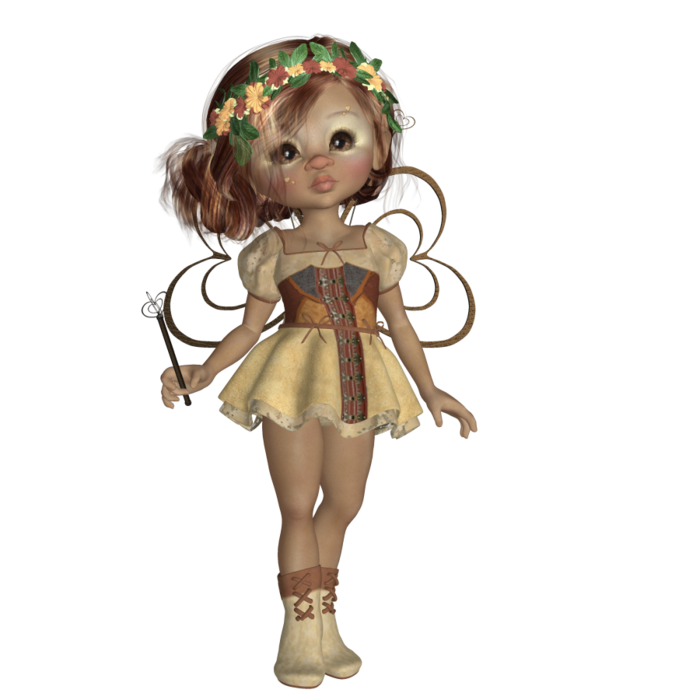
The point is, things get better by the day. Up until v2.79, which isn't even released yet, only in nightly builds came out, cycles materials used incredibly obtuse diffuse/spec/normal node tree setups to get halfway decent materials, god forbid you want to use SSS or any remotely complicated shit like that, but then 2.79 came along and introduced the Principled BSDF node which combines all that bullshit into one plug-and-play node, and does it better than any user-implemented solution from before. It's different from most 3d programs, and a whole world of difference from 2d editors like Photoshop, but once you have the basics down, know how to move the camera around the scene and use orthographic and perspective (num5 to toggle between them) modes, learning new features come quickly. It's pretty easy to learn once you get into the right mindset. If you're going to be doing custom models, learn how to do basic modelling and UV unwrapping. You can also use the floating menu for most things by just hitting space in the 3D viewport - this will allow you to search for commands and show you the hotkey for it. There are hundreds, and most of them are useless, but some are important.

Things like E to extrude, ctrl-B to bevel, ctrl-J to join two objects, P to separate objects by selection, CTRL-ALT-SHIFT-C to move the object's origin (its pivot point) to the location of the 3D cursor. xps, etc), Unreal skeletalmeshes (.psk), and Source engine shit (.smd).įuck around with modifiers and look on the Blender StackOverflow to get some tips on how to use them effectively. You can find more on the internet for things like importing XNALara meshes (.mesh.

Peruse the default addons and enable the ones you want. Learn what each of the windows is for, what things are in the T and N popout menus, and in general how to manipulate the UI to get it just how you like it. For CPU rendering, which I highly not recommended, use 16x16.

If you have a good GPU (preferably NVidia, Blender works a lot better with CUDA), use GPU rendering and set your tile size to 256x256 or 512x512 depending on which is faster for you. If you're rendering an animation, tick the randomize seed button (looks like a clock) in the sampling tab, otherwise the same grain pattern will be used for every frame. If your picture is too grainy, bump up the samples - grain is unavoidable because Cycles is a raycast renderer, it's all about getting it down to a tolerable level.

Get familiar with the 3-point lighting system.


 0 kommentar(er)
0 kommentar(er)
